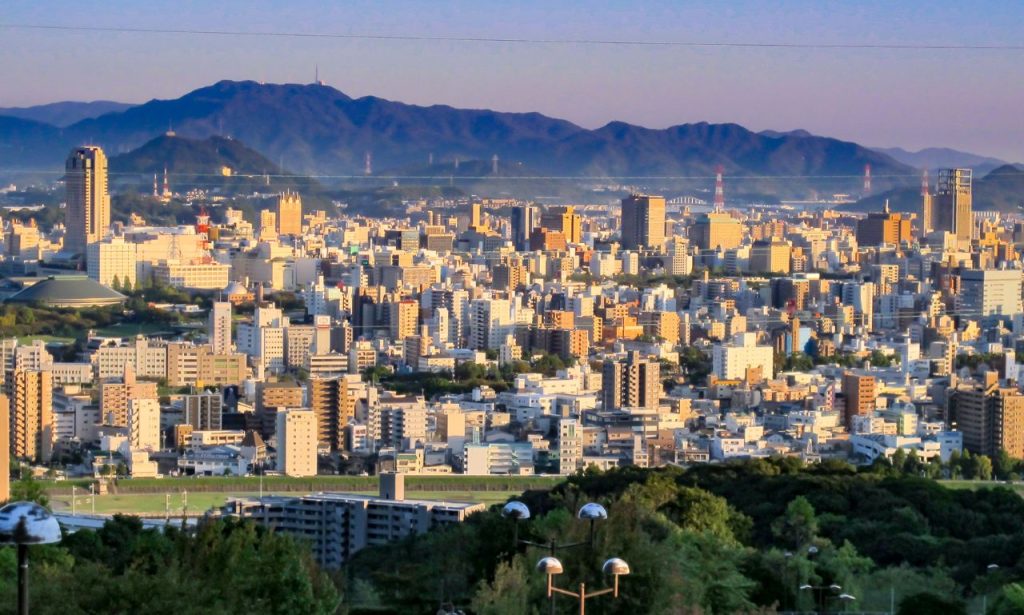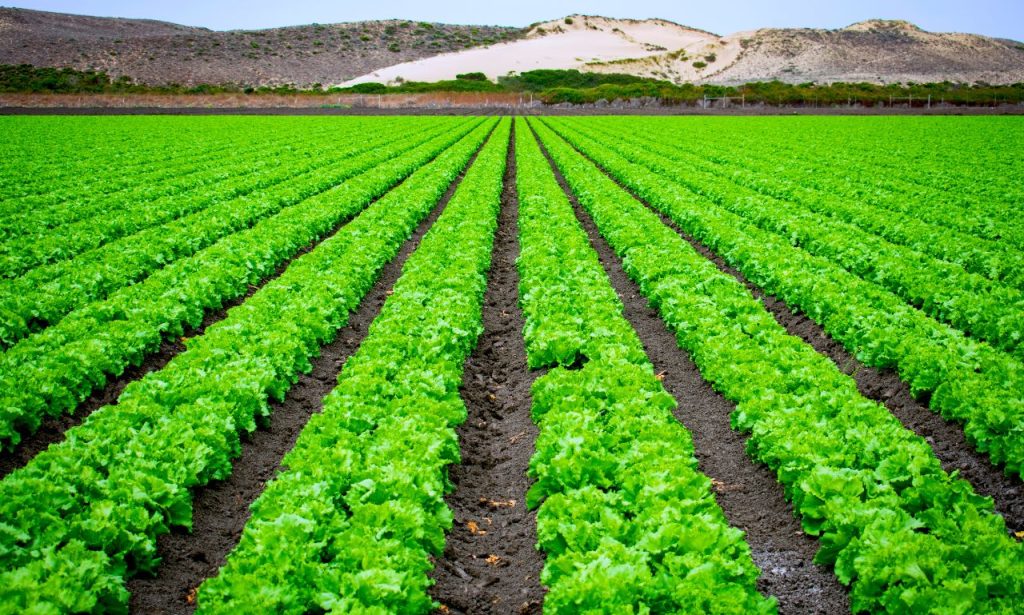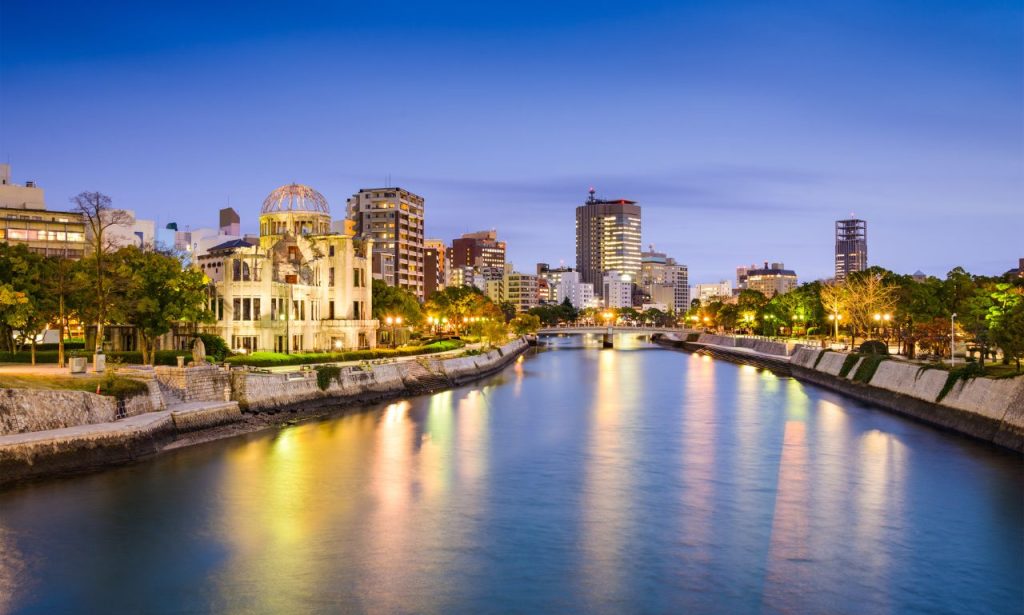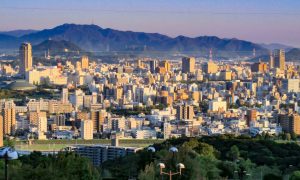廣島縣從飽受戰爭蹂躪的地區轉變為繁榮的經濟中心,證明了人類的復原力和創新的融資體系。從廢墟的廢墟到創新的燈塔,該地區的融資和系統開發方法為復原力和成長提供了藍圖。
廣島復興的歷史背景
Phases of Urban Rebuilding
The urban rebuilding process can be divided into distinct phases, each marked by strategic planning and community involvement.
Immediate Post-War Reconstruction
In the wake of devastation, immediate needs took center stage. The focus was on:
- Restoring Basic Utilities: Water, electricity, and sanitation services were priorities to prevent disease and improve living conditions.
- Providing Temporary Housing: Makeshift shelters and communal living spaces were established to house the displaced population.
- Clearing Debris: Massive cleanup efforts mobilized citizens and resources to clear rubble and make way for new construction.
These initial steps were crucial in stabilizing the population and setting the stage for long-term development.
Long-term Urban Development

Once basic needs were met, Hiroshima shifted gears toward sustainable growth. Key initiatives included:
Strategic Urban Planning:
- Implemented thoughtful zoning laws and land-use regulations
- Balanced residential, commercial, industrial, and green space needs
- Created Peace Memorial Park as an expansive public green space
- Preserved historic sites and monuments
- Developed new parks, boulevards, and public squares
- Encouraged mixed-use zoning for vibrant, walkable neighborhoods
- Prioritized transit-oriented development around train stations and bus terminals
- Emphasized sustainability, livability, and efficient use of land and resources
Infrastructure Investment:
- Rebuilt roads and bridges using durable, high-quality materials
- Widened and straightened streets for better traffic flow and emergency access
- Installed underground power and telecommunications lines
- Developed Japan’s most extensive tram (streetcar) network
- Invested in the bus system, building new terminals and expanding routes
- Built a subway line and a comprehensive network of bicycle paths
- Opened the Astram Line elevated rapid transit system in 1994
- Provided convenient, sustainable transportation options, reducing car reliance
Economic Diversification:
- Encouraged growth in sustainable sectors beyond military-related industries
- Maintained manufacturing as a pillar of the economy
- Actively courted service sector industries (retail, dining, healthcare, finance, etc.)
- Focused on tourism, building hotels, museums, sports facilities, and convention centers
- Promoted the Peace Memorial Museum and A-Bomb Dome UNESCO site
- Expanded higher education programs in science, engineering, medicine, and the arts
- Fostered innovation and entrepreneurship through university-business partnerships
- Attracted high-tech sectors like biotech, robotics, renewable energy, IT, and software development
- Implemented economic gardening initiatives to nurture startups and small businesses
- Developed a thriving, diverse economy less dependent on any single industry
Hiroshima Prefecture System of Financing:
- Channeled funds efficiently toward projects supporting the long-term vision
- Utilized national subsidies, local tax revenue, municipal bonds, corporate investment, and philanthropic contributions (domestic and international)
- Provided the immense capital needed for urban development projects
- Prioritized funding for strategic urban planning, infrastructure, and economic diversification initiatives
- Contributed to Hiroshima’s transformation into a vibrant, livable, and economically robust city
Transformation of Citizens’ Lives
The physical rebuilding was just one facet; the social fabric of Hiroshima underwent a significant transformation.
Economic Impact on Local Communities
The revival of local economies was achieved through:
- Support for Small Businesses: Financial assistance and tax incentives helped entrepreneurs restart or launch new ventures.
- Job Creation Programs: Public works projects provided employment opportunities, reducing unemployment rates.
- Promotion of Local Products: Initiatives to market Hiroshima’s goods, like sake and oysters, boosted regional pride and economic output.
Changes in Social Infrastructure
Enhancing the quality of life meant overhauling social services:
- Education Reforms: Reconstructing schools with modern facilities and updated curricula to equip the next generation.
- Healthcare Improvements: Building hospitals and clinics with advanced medical technologies.
- Community Centers: Establishing hubs for cultural and recreational activities to strengthen community bonds.
These efforts fostered a sense of normalcy and hope, encouraging citizens to actively participate in the prefecture’s revival.
International Cooperation in Agricultural Finance

Recognizing agriculture as a backbone of economic stability, Hiroshima reached out beyond its borders.
Visits from Leaders in Asia
Asian neighbors, impressed by Hiroshima’s advancements, engaged in mutual exchanges:
- Knowledge Sharing Sessions: Hosting delegations to discuss agricultural financing techniques.
- Collaborative Projects: Partnering on initiatives like sustainable farming practices and crop exchange programs.
- Cultural Exchange: Building relationships that went beyond economics, fostering private loans and regional solidarity.
Engagement with African Financial Delegations
African nations sought to learn from Hiroshima’s innovative approaches:
- Financial Workshops: Training on Hiroshima prefecture system financing models applicable to developing economies.
- Technology Transfers: Introducing mechanization and digital tools to improve agricultural efficiency.
- Investment Opportunities: Encouraging Japanese investment in African agriculture, benefiting both regions.
These international collaborations not only boosted Hiroshima’s agricultural sector but also expanded its global influence.
Advanced Agricultural Practices in Hiroshima

Embracing technology and innovation, Hiroshima’s agricultural landscape experienced a renaissance.
Innovative Techniques Adopted
Farmers in Hiroshima adopted cutting-edge methods:
- Precision Farming: Utilizing GPS and satellite imagery to optimize planting and harvesting.
- Hydroponics and Vertical Farming: Maximizing yield in limited spaces, crucial for urban areas.
- Organic Farming Practices: Meeting global demand for organic produce by eliminating synthetic pesticides.
These techniques were often funded through Hiroshima prefecture system financing, making advanced agriculture accessible to even small-scale farmers.
Success Stories and Case Studies
Several farmers became pioneers:
- The Tech-Savvy Rice Farmer: By adopting drone technology for crop monitoring, yields increased by 30%.
- The Urban Rooftop Gardener: Transforming city spaces into productive farms, supplying local restaurants with fresh produce.
- The Organic Pioneer: Leading a cooperative that exported organic vegetables, tapping into international markets.
These stories highlight how strategic financing and innovation can lead to remarkable achievements.
Disaster Recovery Initiatives
Lessons Learned from Past Experiences
Hiroshima leveraged its history to:
- Develop Comprehensive Emergency Plans: Covering natural disasters like earthquakes and floods.
- Community Training Programs: Educating citizens on evacuation procedures and first aid.
- Infrastructure Resilience: Building structures designed to withstand seismic activity.
Current Preparedness Strategies
Modern strategies include:
- Early Warning Systems: Implementing technology to detect threats and alert the population promptly.
- Regular Drills: Conducting simulations to ensure readiness.
- Allocation of Funds: Designating portions of the Hiroshima prefecture system financing for disaster response resources.
These initiatives ensure that Hiroshima remains resilient in the face of potential adversities.
New Economic Countermeasures for 2024
Anticipating future challenges, Hiroshima unveiled economic measures to support its citizens.
Payment Support for Families
Recognizing the financial strain on households, the government introduced:
- Direct Financial Aid: Monthly stipends to low-income families to cover essential expenses.
- Education Grants: Scholarships and subsidies for students at all levels.
- Healthcare Vouchers: Providing access to free or reduced-cost medical services.
Eligibility Criteria and Application Process
To streamline assistance:
- Transparent Criteria: Eligibility based on income thresholds, family size, and special circumstances.
- User-Friendly Applications: Online platforms with multilingual support.
- Prompt Disbursement: Committing to processing times of less than two weeks.
This approach ensures equitable distribution of resources, fostering social welfare.
The Importance of Public Financial Management Training
Objectives of Training Programs
The training aims to:
- Enhance Budgeting Skills: Teaching how to manage personal and organizational finances.
- Promote Ethical Practices: Emphasizing transparency and accountability in financial dealings.
- Understand Hiroshima Prefecture System Financing: Educating on how public funds are allocated and utilized.
Methodologies Used in Training
The programs employ:
- Interactive Workshops: Engaging participants through group activities and discussions.
- Case Studies Analysis: Learning from real-life scenarios within Hiroshima’s context.
- Mentorship Opportunities: Pairing trainees with experienced financial managers.
By building a financially savvy populace, Hiroshima ensures prudent management of its economic resources.
Future Outlook for Hiroshima’s Economy

Continued Challenges and Opportunities
Hiroshima faces ongoing challenges, including an aging population that contributes to labor shortages. To address this, the city is exploring automation and incentives to encourage youth employment. Additionally, Hiroshima is navigating global economic fluctuations by diversifying its trade partnerships to mitigate risks.
As the city continues to grow, it must also balance industrial development with environmental sustainability efforts. Despite these challenges, Hiroshima remains committed to finding innovative solutions and seizing opportunities for continued prosperity while staying true to its values of peace, resilience, and progress.
Vision for Sustainable Growth
Hiroshima’s strategy includes:
- Investing in Green Technologies: Leading in renewable energy and eco-friendly manufacturing.
- Enhancing Hiroshima Prefecture System Financing: Refining financial models to support innovation and social programs.
- Cultural Preservation with Modernization: Merging tradition with progress to maintain a unique regional identity.
Embracing these principles positions Hiroshima as a forward-thinking prefecture committed to long-term prosperity.
Ready to make a difference? Engage with Hiroshima’s dynamic community initiatives, support sustainable growth, and be part of a legacy that inspires the world.
ALSO READ: Corporate Social Responsibility in Lebanon
FAQs
Hiroshima revamped its education system to focus on innovation and technology, integrating STEM subjects and international collaboration programs.
Tourism is a significant contributor, with historical sites and cultural festivals attracting visitors worldwide, boosting local businesses and hospitality sectors.
Absolutely. Hiroshima is at the forefront of renewable energy initiatives, investing in solar, wind, and biomass projects to ensure a sustainable future.
The prefecture offers incentives for foreign investments, particularly in technology and sustainable industries, facilitating partnerships and providing support through its financing systems.


